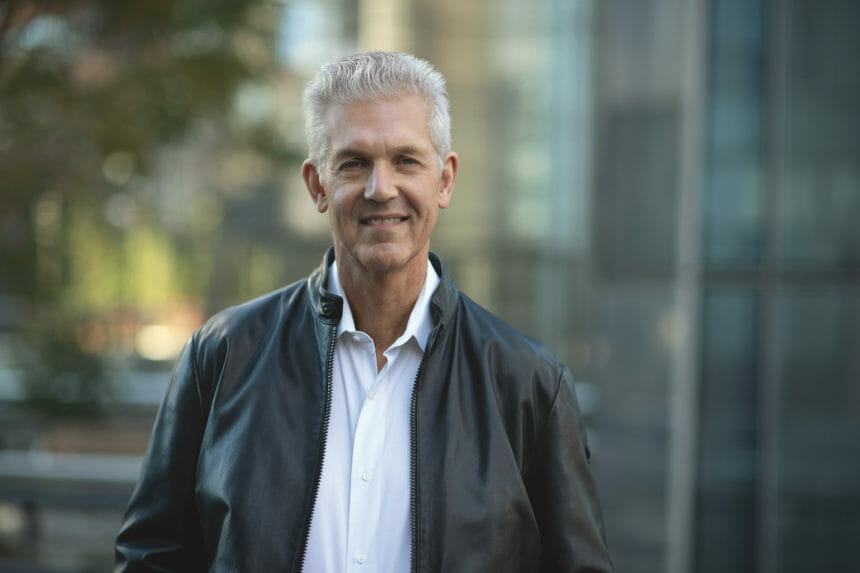Bruce Lee has been in the creative field for more than 30 years with stops at Ogilvy, Grey, McCann and Wunderman, just to name a few. A writer first and last, he works with some of the most inspired organizations and brands.
Why did you get into this industry?
Once upon a time, when I was considering what to do professionally, the idea that you could move people to action with the power of an image and a few well-chosen words was thrilling. Three decades later, when I spearheaded IPNY after having worked in so many categories, the thrill of being able to bring people to better health solutions through smart communications was just as irresistible as the day I had my epiphany.
Where did you get started?
I spent a few years learning my craft at The Wall Street Journal and as a speechwriter for American Express, then won a copywriter contest at Ogilvy & Mather. It started my advertising career. I became a creative director three years later, a position well in advance of my abilities. Several agencies later I returned to Ogilvy as North American executive creative director and was a cofounder of Ogilvy Healthcare, which marked my start in healthcare communications.
Who helped you out along the way?
Too many to name. You learn from every client, every planner, every creative person you work with. I was fortunate to have worked with some of the greats in advertising and entertainment: David Ogilvy, Lester Wunderman, Ed McCabe, Sam Scali, Ralph Ammirati, Steve Hayden, Rick Boyko, Leslie Dektor, Jonathan Winters, Jason Robards and so many others.
Any interesting events/stories that changed your career?
At Ogilvy we had the opportunity to create the unbranded disease state awareness advertising that launched Procrit. The work turned a medical issue that is hard to explain to patients into compelling drama, brought high production values and one of the world’s top directors to healthcare and turned Procrit into J&J’s largest selling prescription drug. In hindsight, we were just doing what felt intuitively right, but these were pioneering moves in healthcare advertising circa 2001 that showed me the possibilities in the field.
Do you wish you could’ve done something differently?
I wish I were born several inches taller with an infallible jump shot.
When did you know you were in the right place?
IPNY opened its doors in 2012. Two weeks later our first client joined: The Leukemia & Lymphoma Society. Two months later we launched its first campaign. The success of that work in terms of unifying and inspiring the organization, bringing in record-setting donations and delivering a higher level of creativity, showed me that you can have it all.
Did you consider other professions?
Of course. What creative person doesn’t? I still do.
What other goals do you have for your career/the industry?
I’ve had the great fortune to have worked in so many different marketing categories, from automotive to financial services to IT to telecom, but the speed of change in medical science and its effect on our lives is hard to beat, as are the opportunities to communicate those changes to people. Right now we’re doing some of the most exciting work of our careers talking to people about healthcare and how biotech has significantly impacted lives. Maybe not “sexy” like doing a Nike spot, but so rewarding when you realize how far the science has come since we started working with organizations such as Dana-Farber or City of Hope that are making life-changing cancer discoveries with nearly dependable regularity. Being involved in healthcare is about being at the edge of change. My goal is to stay involved and lead by example.
From the March 01, 2021 Issue of MM+M - Medical Marketing and Media







